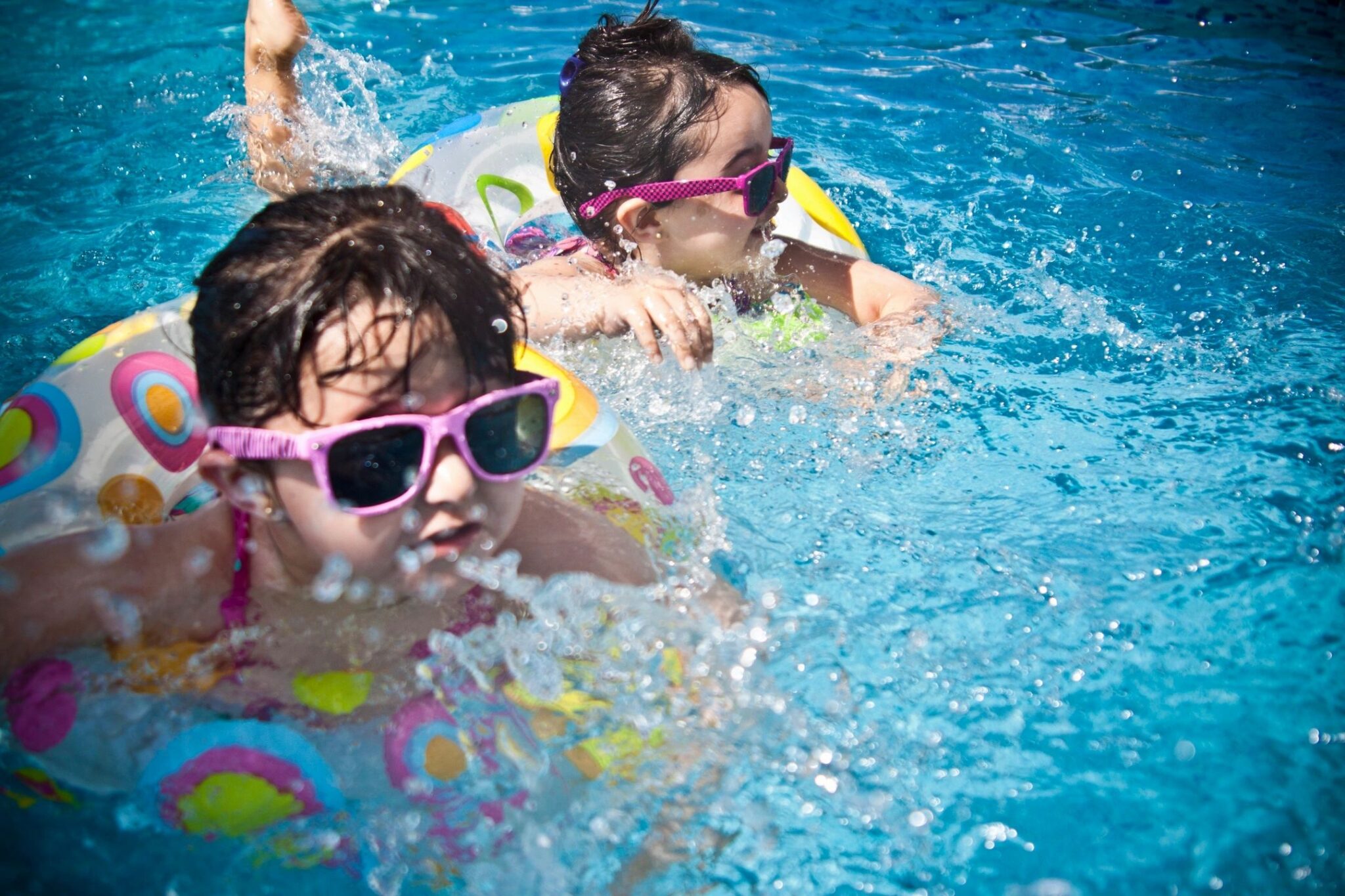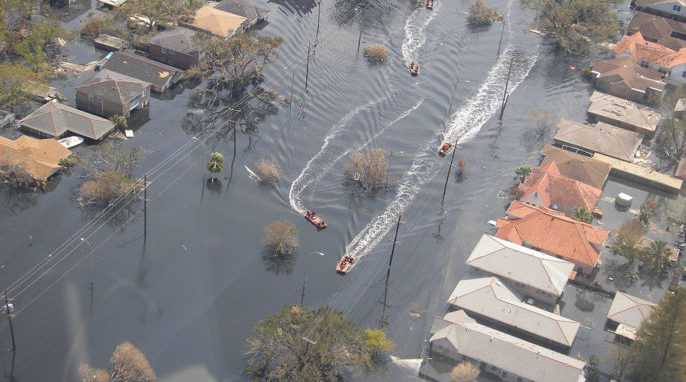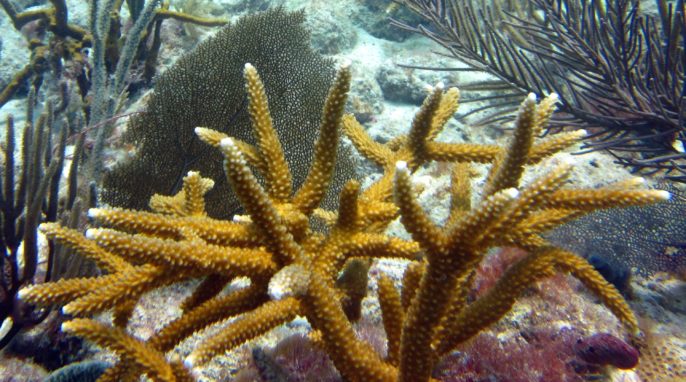The need for good hygiene during the COVID-19 pandemic is highlighting the lack of access to clean water some communities are facing.
By Emily Folk
As the coronavirus continues its deadly spread, Americans are washing their hands more often than ever before. Most don’t give a second thought to running their hands under tap water and giving them a good, soapy scrub. However, for the 30 million Americans living without access to clean water, washing their hands may be even riskier than not doing so.
Whether it’s due to chemicals contaminating their water or a lack of sanitization, these citizens—many of whom are ethnic minorities—simply cannot use the water flowing from their taps. Because combating the pandemic requires good hygiene, the coronavirus is highlighting both the lack of access to clean water and the growing disparity between the haves and have-nots in the US.
Contaminated water
Americans have been dealing with contaminated water for decades. However, the issue didn’t gain national attention until the pipes in Flint, Michigan, began leaching lead into residents’ drinking water in 2014.
Since then, Lowndes County, Alabama; Schlater, Mississippi; Newark, New Jersey; Denmark, South Carolina, and many other areas have run into similar issues. From metals leaching into the water and bacterial contamination to a lack of sanitation and water treatment infrastructure, the water in these places is unsafe for human use.
Historically, local authorities and the federal government have been slow to fix these issues or even to detect contamination in the first place. And sometimes, when they do discover a problem, they don’t readily alert the general public—as was the case in Flint. Meanwhile, the public suffers the effects, which may include congenital disabilities, anemia, kidney failure, and gastrointestinal and respiratory illnesses.
This lack of disclosure certainly doesn’t make anyone want to trust government officials or the democratic process. Even in the midst of a pandemic, many people cannot count on some of the most basic features of modern infrastructure in one of the wealthiest countries in the world.
Did you know that smartphones can now detect contaminants in water samples?
Panic buying
On top of struggling to avoid contaminants and keep their hands clean, many who lack access to clean water are facing water shortages. When the pandemic first arrived in the US back in February, many began “panic buying” loads of toilet paper and bottled water and stockpiling it in their homes. Even those with access to clean running water began emerging from stores toting gallons upon gallons of water.
Meanwhile, those without a clean water supply were left with nothing and, consequently, no way to wash their hands. Moreover, they had no water to bathe, cook, do laundry, or, most importantly, drink. Often, the empty store shelves have left them with no other choice than to use unclean water and risk becoming ill from both the water and the virus.
In some areas, the panic has begun to subside and stores are beginning to restock their shelves. However, some of these grocery stores are placing limits on how many gallons or cases of bottled water customers can purchase. These rules prevent those with clean water from hoarding, but they still may end up hurting those who need water the most.
High risk of exposure
Often, those living with unclean or unsafe water, or a lack of running water in general, are ethnic minorities. From the majority Black and Latinx city of Newark to the rural California farmland tended by migrant workers, people of color are living in crowded areas with little to no clean water. Of course, living and working within a few feet of one another—likely without access to personal protective equipment—increases the risk of spreading the coronavirus.
With no way to wash their hands, some farmworkers are facing a death sentence from this lack of water. But if working the fields is their only reliable source of income, they’ll have no choice but to keep working in these conditions.
Likewise, those living in close proximity to one another in urban areas are practically trapped without clean water. Thus, COVID-19 has revealed not only a major water crisis but also the widespread economic and racial disparity that’s long plagued America.
Advocating for clean water
In light of economic and social justice protests, a pandemic, and everything else going on in the world right now, providing clean water is getting even lower on the government’s to-do list. Yet where the government has failed, the community has stepped in. Religious organizations, neighbors, nonprofits, and other kind-hearted people are doing their best to protect those at risk and provide water to those who need it.
While these small acts of kindness certainly won’t prove to be a long-term solution, they may restore a little faith in humanity. More importantly, they just may save lives in these unprecedented times.
References
Farzan, A. N. (2020, March 06). ‘It’s been nuts’: Costco’s sales spike amid coronavirus panic-buying of bottled water, hand sanitizer and toilet paper. The Washington Post. https://www.washingtonpost.com/nation/2020/03/06/costco-coronavirus/
Giordano, M. (2020, May 05). The nonprofits and companies helping to fight the pandemic. Wired. https://www.wired.com/story/covid-19-charities-nonprofits-companies-helping/
Jagannathan, M. (2019, November 23). 2 million Americans don’t have access to running water and basic plumbing. MarketWatch. https://www.marketwatch.com/story/2-million-americans-dont-have-access-to-running-water-and-basic-plumbing-2019-11-20
World Health Organization. (2019, August 23). Lead poisoning and health. https://www.who.int/en/news-room/fact-sheets/detail/lead-poisoning-and-health
Worland, J. (2020, February 20). Why So Many Americans Don’t Have Access to Clean Water. Time. https://time.com/longform/clean-water-access-united-states/

About the Author
Emily Folk is a sustainability and green tech writer. You can read more of her work on her blog, Conservation Folks, or follow her on Twitter.




